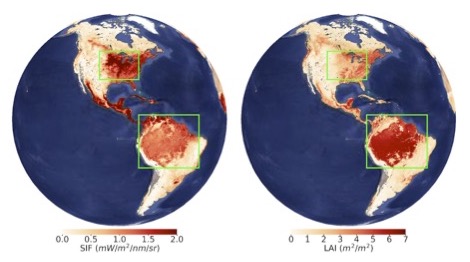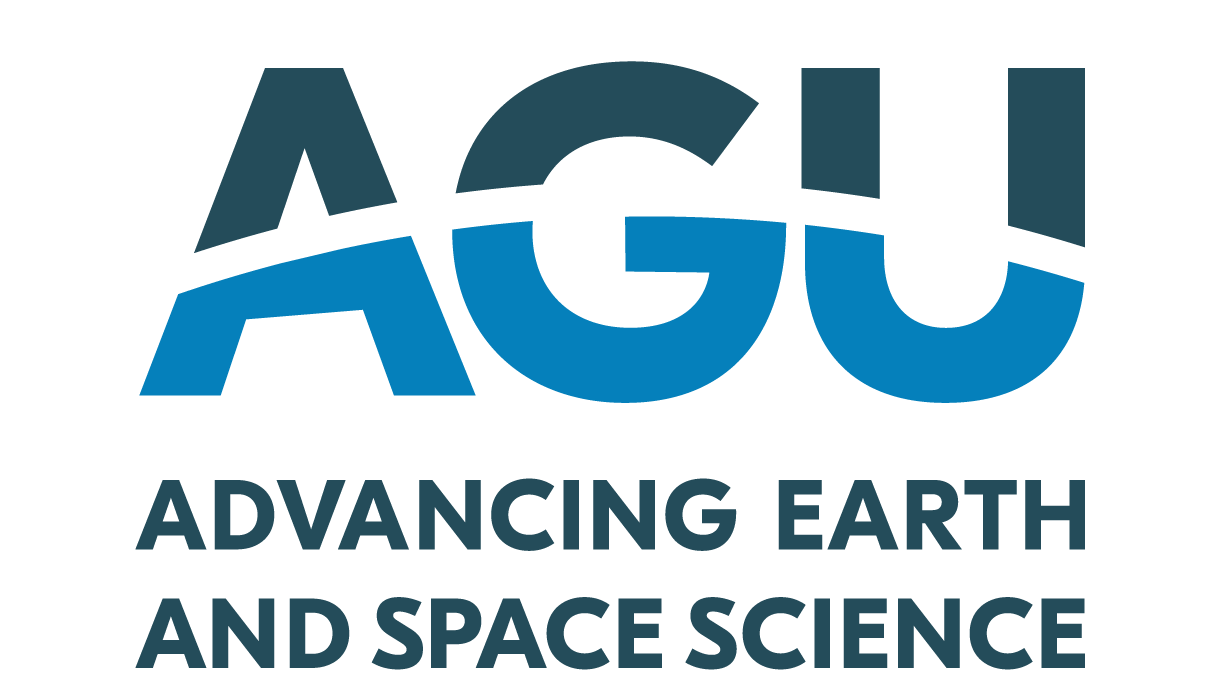For decades, scientists have used satellite data to assess the health and greenness of Earth’s…
Dr. Susan Kulawik to Play Role in Upcoming Satellite Mission to Study Greenhouse Gasses
BAER’s Senior Scientist Dr. Susan Kulawik will be co-Investigator on a new NASA satellite-based mission called the Geostationary Carbon Cycle Observatory, or GeoCARB. The mission, which, is expected to launch in 2022 as a hosted payload in on a commercial communications satellite, will remain in geostationary orbit over the western hemisphere and deliver multiple daily maps of solar induced fluorescence (SIF), carbon dioxide, carbon monoxide, and methane concentrations, over North and South America. These measurements will be used to estimate carbon sources and sinks at unprecedented time and spatial scales. Dr. Kulawik will lead validation of the satellite’s measurements.
“This is the first satellite to make measurements of the top 3 constituents of the carbon cycle as well as maps of solar induced fluorescence, a measure of plant productivity,” says Dr. Kulawik. “The spatial resolution and coverage of the data is unprecedented. This is also the first time we will have multiple observations of the same locations at different times of day.”
Dr. Kulawik also works on validation for the Orbiting Carbon Observatory-2 (“OCO-2”), which uses data from three high‐resolution grating spectrometers placed aboard a satellite launched in 2014 to measure carbon dioxide. “We’ve learned a great deal from the OCO-2 mission as well as other remote sensing missions, and we will be applying everything we’ve learned to GeoCARB.”
The GeoCARB mission will scan each of the boxes shown above several times a day to estimate methane, carbon monoxide, and carbon dioxide.



